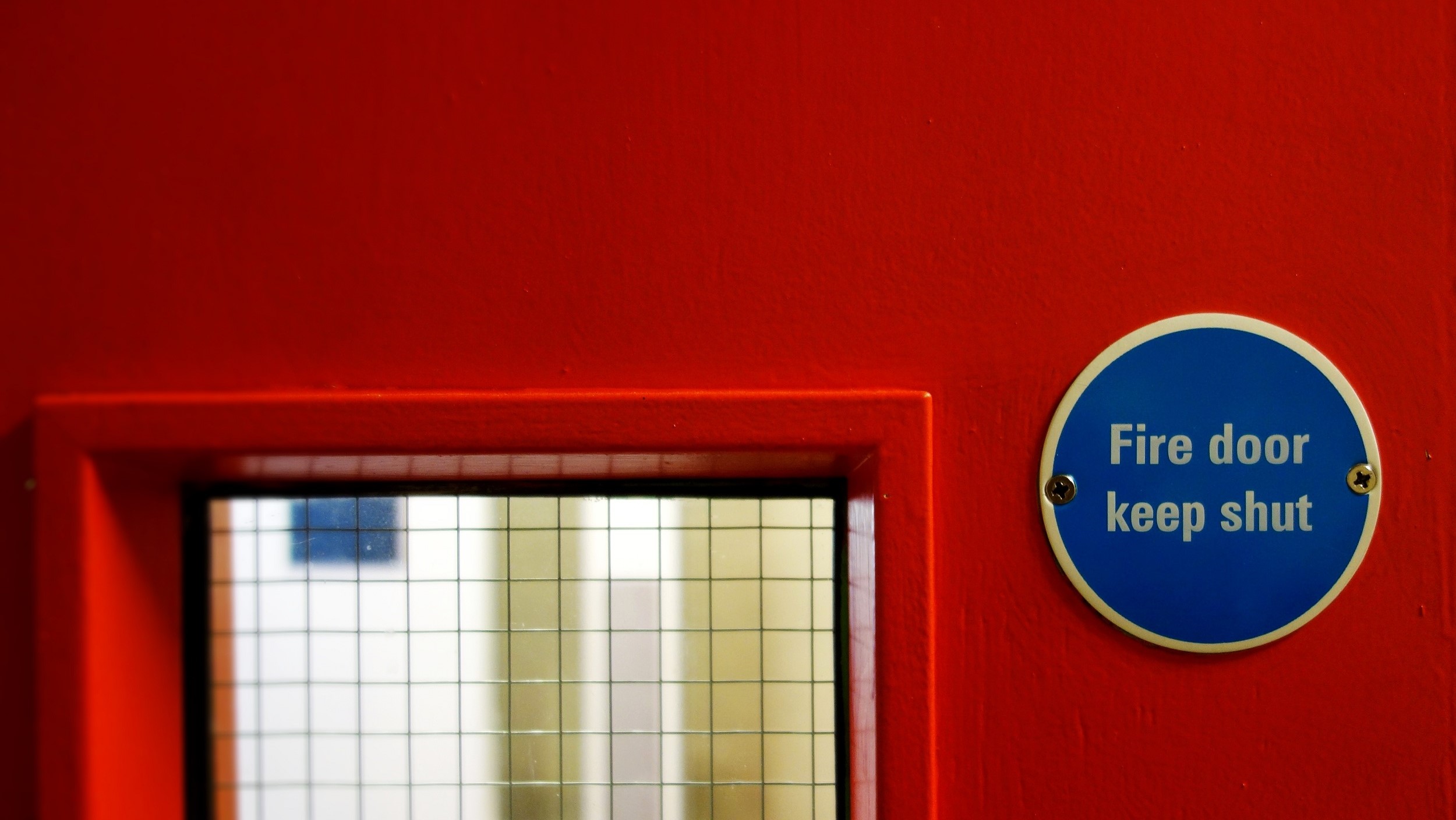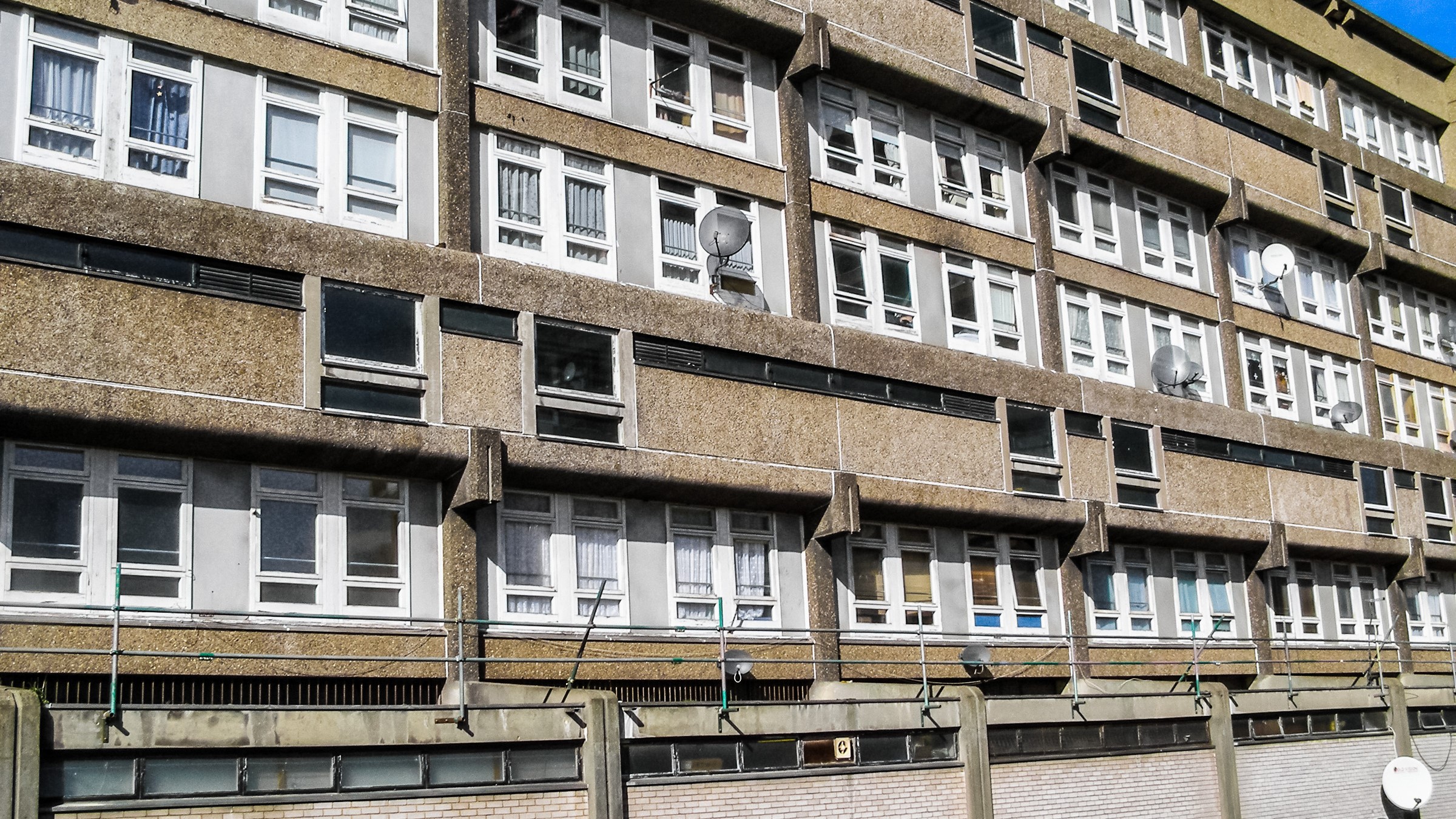
© Arup
To compile a safety case and demonstrate the ongoing safety of higher-risk residential buildings, building owners, maintenance staff and operators must understand the condition of their assets and the associated hazards.
In doing this, they must recognise the wealth of knowledge that residents and commercial tenants can provide: the safety of building occupants is everyone's business.
Legislation sets new duties for HRBs
The Building Safety Act 2022 – along with The Higher-Risk Buildings (Descriptions and Supplementary Provisions) Regulations 2023 and The Higher-Risk Buildings (Management of Safety Risks etc) (England) Regulations 2023 – require the principal accountable person – a newly defined dutyholder – to compile safety cases for their higher-risk buildings (HRBs), considering fire and structural safety hazards in particular.
Under the 2022 Act, all new and existing HRBs – currently defined as buildings taller than 18m or seven storeys or more that contain at least two residential units – must be registered with the new Building Safety Regulator (BSR) to be lawfully occupied.
The legislation also requires that dutyholders prepare and maintain a safety case for each HRB, which is submitted to the BSR as part of the building assessment certification process. This safety case must demonstrate that the principal accountable person has taken 'all reasonable steps' to manage building safety risk; that is, fire safety and structural safety risks.
Researching methodology for safety cases
While the BSR has provided initial guidance on safety cases, it has not yet published case studies and examples of proportionate responses for preparing them on HRBs.
Therefore, Arup consultants have carried out internal research to develop a tailored HRB safety case methodology specifically for residential buildings. The methodology is based on the firm's extensive experience of preparing safety cases in high-risk industries including rail, nuclear, hydrogen, oil and gas.
These each have specific regulations and standards for identifying and analysing safety risks, which have been developed over decades and are informed by several major incidents such as the 1999 Ladbroke Grove rail crash and the 2010 Deepwater Horizon oil spill.
However, not all the requirements for these industries are proportionate for residential buildings.
In order to understand the impact of the new legislation on key HRB stakeholders, Arup hosted a workshop under the Chatham House rule with selected residential developers, landlords, housing associations and residents.
As part of this, each stakeholder was asked what they know, how they know it, and what to do with a safety case once it is prepared, as well as assessing what residents need.
The workshop explored the collection of building information, the wealth of knowledge that residents can provide, and how the sector must adapt to manage the ongoing requirements of the safety case once it has been prepared.
'Arup consultants have carried out internal research to develop a tailored HRB safety case methodology specifically for residential buildings'
Arup establishes four-stage process
Based on existing experience and the outcomes of the workshop discussions, Arup has developed the following four-stage framework to prepare safety cases for HRBs.
- Discovery: this entails gathering all available information relating to fire and structural safety for the building. Such information comprises desktop studies, site visits and one or more hazard identification (HAZID) workshops – as used in other industries – with relevant stakeholders, including residents.
- Verification: investigating a selection of specific hazards and control measures identified in the discovery phase fills critical information gaps, and verifies safety-critical aspects of physical and management-based control measures through sampling. This could include visual and intrusive inspection on site, active systems testing, or interviews with people in key roles.
- Evaluation: assessment of the control measures against hazards with the principal accountable person determines whether all reasonable steps have been taken, or additional measures are appropriate to reduce the risk to building occupants. Consulting with residents is also essential to this process. At the end of this stage, a safety case report is produced for the BSR to enable HRB certification.
- Implementation: the findings of the safety case assessment, including any required actions, are handed over to the principal accountable person and relevant stakeholders in the building, for them to implement and maintain.
Problems overcome by consultation and collaboration
However, we have encountered some challenges when carrying out this process. Sharing these may thus be useful for those preparing safety cases in England; and indeed, for parties assessing the safety of high-rise residential buildings in other jurisdictions.
In England in particular, the structure of ownership and responsibilities for buildings can be complicated, particularly for mixed-use buildings with a combination of residential and commercial units. An HRB may, for instance, be part of a larger building, with residential apartments on the top floors of a mixed-use office and retail development.
Hazards relating to areas outside the formal HRB boundary must also be considered, and therefore stakeholders who are not within the HRB itself, such as Responsible Persons of other demises, may still need to be engaged as part of the safety case process.
During the discovery stage, gathering stakeholders around a table for a HAZID workshop, is a powerful way of putting a face to the names responsible for managing safety in a building – reinforcing the idea that protecting occupants is everyone's business.
The safety case process should support the partnership between the principal accountable person, other accountable persons, management, tenants and residents. HAZID workshops can promote such cooperation between dutyholders.
'The structure of ownership and responsibilities for buildings can be complicated, particularly for mixed-use buildings with a combination of residential and commercial units'
Competency and managing certainty prove critical
The knowledge and experience of stakeholders has also strongly influenced our development of safety case briefing materials. Safety cases in other high-hazard industries rely on consultation with subject matter experts who have a deep understanding of risk.
Conversely, the structural or fire safety experience of HRB stakeholders can vary significantly. Investing time to take them through the whole process and encourage engagement and participation is key to understanding and managing risk.
For many buildings, the discovery stage also identifies safety risks that the principal accountable person may not have known about, or which were not picked up during safety assessments.
There is often limited or inaccurate information about existing buildings – and even where it is accurate it may be spread across different stakeholders, each with their own operational procedures and information management systems.
Furthermore, Arup has encountered buildings where the mitigation measures to reduce fire spread or structural failure are not operating as intended or have been incorrectly installed or modified.
There will be instances where it is more appropriate to acknowledge uncertainty about safety measures that are hard to inspect and assure. It may be better to confirm existing critical safety systems that can be readily inspected or tested are operating correctly, and adding new systems to compensate for residual uncertainty.
Improving safety takes time and investment
The field of safety cases for high-rise residential buildings is new and evolving. Recent tragic failings in buildings in the UK, such as the Grenfell Tower fire, or the collapse of the Champlain Towers South complex in the US – among others around the world – have emphasised the importance of understanding and reducing risks.
With this in mind, the Institution of Structural Engineers has recently published a compendium of common defects with different types of building, to which Arup staff have contributed.
Expert judgement will be important to determine where investment has the greatest impact on risk management. Time and money can be spent searching historic records that may be incorrect, or carrying out destructive surveys or exhaustive analysis that may not make a substantive difference in the assessment of risk.
The evaluation stage is used to appraise, in a holistic way, the options for verification, remediation, upgrade or addition of safety control measures, and any proportionate steps reasonable to demonstrate building safety.
Preparing safety cases, with HAZID workshops for more complex buildings, provides an opportunity to bring together all relevant stakeholders for a building, enabling positive engagement and deeper understanding of its safety, though this process does take time.
Arup's proportionate safety case process seeks to build a shared appreciation of risk, and we hope our work can help inform the development of pathways and benchmarks for the wider industry, making homes across the country safer.
Related competencies include: Fire safety, Inspection, Legal/regulatory compliance
RICS Fire Safety Conference
15-16 October | 08:00 – 13:00 BST | Online
Constant changes to government policy, regulatory updates and new guidance make it more important than ever for those working in the built environment to come together to take stock of how fire safety-related regulations and ways of working are evolving each year, whilst also looking forward and preparing for what is to come.
The conference will address the main questions professionals are asking, covering the latest regulations and the creation of new roles and responsibilities, as well as the importance of reporting and the most recent updates in fire hazards.


